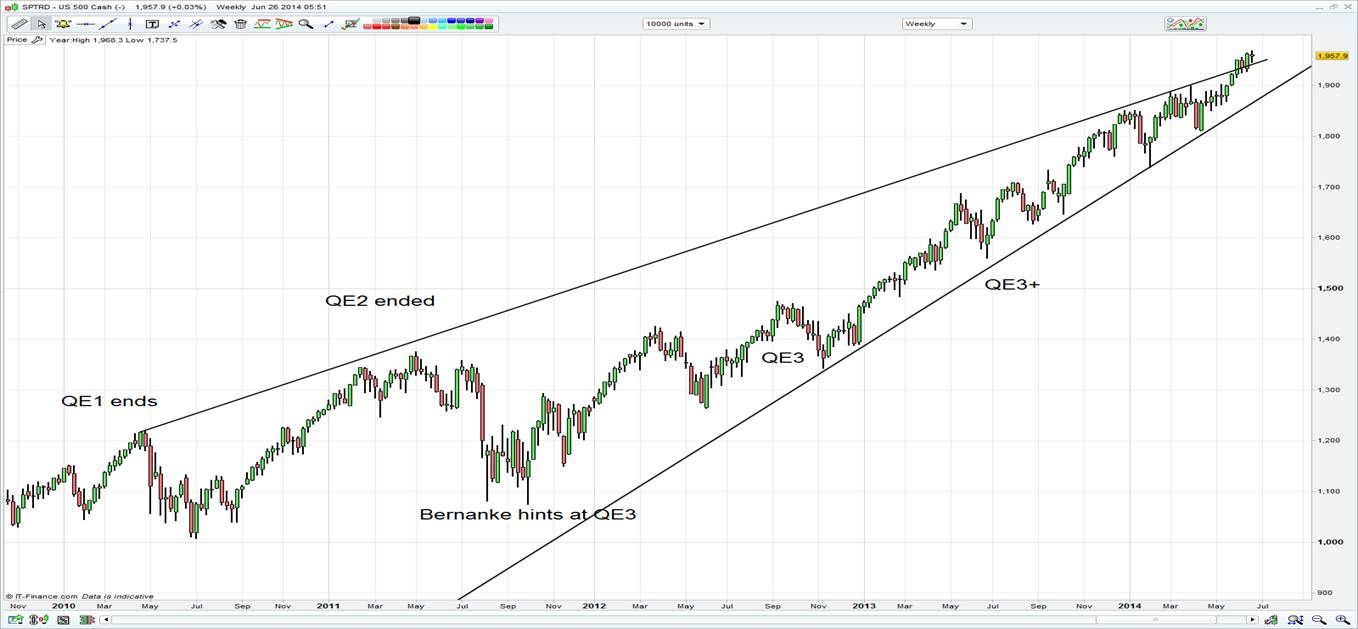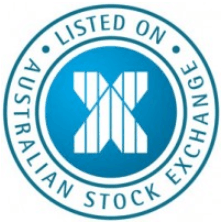Chris Weston, Chief Market Strategist at IG Markets
Price action in capital markets overnight once again highlights traders’ love affair with stimulus and an easy stance towards monetary policy from certain developed market central banks.
This concept still feels wrong, and one would have hoped that at this stage in the cycle we would be seeing organic growth as a more prominent reason to celebrate. However weak growth in the US has been met with buying in equities and has caused a flattening of the yield curve. Naturally emerging market and bloc currencies have benefited.
The US Q1 GDP (-2.9%) print has been widely talked about and as highlighted by Deutsche bank there have only been two occasions ever when GDP has contracted so aggressively without the economy actually being in recession (in 1949 and 1981). However while this was undoubtedly a horrible number, we should see a nice snap back in Q2; and this is far more important. In fact, I would be looking more closely at the May capital goods orders (also out yesterday) which grew 70 basis points (or 0.7%) and 20 basis points more than expectations. This metric is running at a 15% seasonally adjusted annual rate over the last three months.
This could prove to be significant, not just for US markets, but other asset classes as well. US equity markets and increasingly so in Japanese markets have been buoyed not just on liquidity, but also due to record levels of corporate buy-backs. If a company has seen strong cash flow generation then the market was happy to reward them and follow the trend higher, with shareholders generally looked after by management. This also had a negative effect on the USD because much of the capital that was returned to shareholders was sent offshore. We are now seeing continued evidence that corporate America is using cash for investment purposes and thus the pace of buybacks should fall from here. Increased capex should be seen as bad news for US treasuries, especially at time when inflation and inflation expectations are rising.
With inflation front and centre in the US, traders will get further evidence of this in upcoming trade today. Personal income and spending for May are both expected to increase, while core PCE is expected to tick up 10 basis points to 1.5% (range 1.8% to 1.5%). An above consensus number here will add weight to the argument that inflation is pushing up modestly, but with Janet Yellen feeling the recent rise in core CPI was ‘noise’. This should curb the USD and US bond yields from rising too aggressively. The Fed will of course be keen to watch these data points, but we will need to see further evidence over the coming couple of months before the market changes its call that the fed funds rate will be increased around Q2 2015.
Equity bulls still in control
The bulls are still firmly in control of equities, with Wednesday’s bearish key day reversal having been mitigated yesterday. What’s more, the S&P 500 continues to trade above the 2011 uptrend and thus as things stand, from a technical perspective at least, long positions in developed equities are preferred.

Asia has largely celebrated the weak US GDP, with yield stocks doing nicely, notably in Australia (Australian banks are all up over 1%). China has also pushed up 0.8%, with the focus here largely on interest rate liberalisation in interest rates on foreign currency deposits, as well as a number of IPOs. Authorities in China put a limit on the potential upside a company can achieve on the first day of listing at 44% and the four companies that listed all hit this ceiling. This highlights the insatiable love for IPOs that Chinese mainland investors have, with all four stocks 120 times oversubscribed and many feeling you simply can’t lose money stagging the IPO. Whether these stocks can continue to see gains over the next five days or so is debatable.
AUD/USD continues to track sideways and Bollinger bands seem to be the best way to trade the pair at present. The 20-day moving average (currently 0.9360) has been the place to accumulate longs since it started to turn up a couple of weeks ago and is still the line in the sand. What’s interesting though is there is divergence seen between price and the stochastics, which could signal a reversal is coming. However shorting this pair has been unrewarding and we are not seeing the sort of technical set-up that inspires me to want to be aggressively short just yet. For the AUD to move markedly lower Yellen needs to lose the ‘noise’ label on inflation, then strategies that rely on low volatility will lose appeal.
European markets should see reasonable upside on open, with traders focusing most of the their attention in French consumer confidence and unemployment, while Spanish mortgage lending could a look in as well. The much anticipated EU summit also gets underway.
European bonds trending nicely
Despite US bond yields coming off a touch yesterday the premium the 10-year US treasury now holds over German bunds is 129 basis points – the highest premium since 1999 (when we saw 169 basis points). German bunds broke down yesterday and traders are literally buying any sell-off they see. The premium Spanish ten-year yields command over US treasuries is now just 90 basis points, having fallen from 190 a few years ago. The bond market will remain in focus and highlights not just the global hunt for yield, but lower relative growth, raising US inflation expectations and also increasing expectations around future ECB action. In the US we also get speeches from Fed members Jeffery Lacker (a hawk) and James Bullard (modestly dovish), as well as Kansas City manufacturing index.
Marc Carney will also speak at the Financial Stability Report. Any disappointment could sell a further pullback in cable, however dips to 1.6922 (the 38.2% retracement of the 1.6693 to 1.7063 rally) could be a good entry for longs, with a potential stop just below the 20-day moving average at 1.6890.


